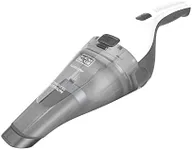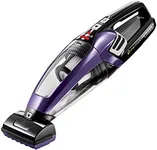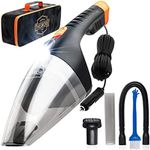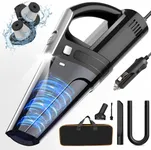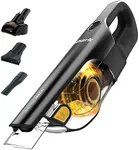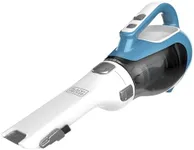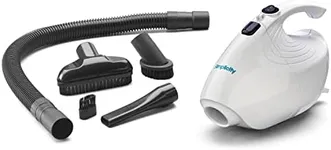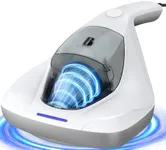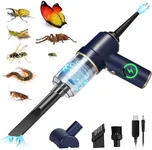Buying Guide for the Best Car Vaccuums
Choosing the right car vacuum can make a significant difference in maintaining the cleanliness and hygiene of your vehicle. When selecting a car vacuum, it's important to consider various specifications to ensure it meets your needs. Here are some key specs to look out for and how to navigate them.Suction PowerSuction power is a measure of how effectively the vacuum can pick up dirt and debris. This is important because stronger suction means more efficient cleaning. Suction power is usually measured in watts or air watts. For light cleaning, a lower suction power (around 50-100 watts) may suffice. For more thorough cleaning, especially if you have pets or frequently transport messy items, look for higher suction power (100+ watts). Consider your cleaning needs and choose a vacuum with adequate suction power to handle them.
PortabilityPortability refers to how easy it is to carry and maneuver the vacuum. This is crucial for car vacuums since you'll need to reach tight spaces and move around the vehicle. Portable vacuums are typically lightweight and compact. If you need a vacuum for quick clean-ups and easy storage, opt for a handheld model. For more extensive cleaning, a slightly larger but still portable vacuum with wheels might be more suitable. Think about how often you'll use the vacuum and where you'll store it to determine the right level of portability.
Power SourceCar vacuums can be powered by different sources, including corded (plug-in), cordless (battery-operated), or even car cigarette lighter adapters. The power source affects the vacuum's convenience and runtime. Corded vacuums offer continuous power but may limit mobility due to the cord length. Cordless vacuums provide greater flexibility but need to be recharged and may have limited battery life. Car cigarette lighter adapters offer a balance, allowing you to use the car's power. Consider where and how long you'll be cleaning to choose the most suitable power source.
Dustbin CapacityDustbin capacity indicates how much dirt and debris the vacuum can hold before needing to be emptied. This is important for uninterrupted cleaning sessions. Smaller dustbins (less than 0.5 liters) are suitable for quick, light clean-ups, while larger dustbins (0.5-1 liter or more) are better for extensive cleaning without frequent emptying. If you plan to use the vacuum frequently or for larger messes, opt for a model with a larger dustbin capacity to save time and effort.
Attachments and AccessoriesAttachments and accessories enhance the vacuum's versatility and effectiveness. Common attachments include crevice tools for tight spaces, brush tools for upholstery, and extension hoses for hard-to-reach areas. These are important for tackling different types of dirt and surfaces in your car. If you need to clean various areas like seats, floor mats, and air vents, look for a vacuum with a range of attachments. Assess your cleaning needs and choose a vacuum that comes with the necessary tools to address them.
Filtration SystemThe filtration system determines how well the vacuum traps dust and allergens. This is crucial for maintaining air quality inside your car, especially if you have allergies or respiratory issues. Basic filters are suitable for general cleaning, while HEPA (High-Efficiency Particulate Air) filters are more effective at capturing fine particles and allergens. If you or your passengers are sensitive to dust and allergens, opt for a vacuum with a HEPA filter. Consider the level of filtration you need based on your health and cleanliness requirements.
